Wellness tourism continues to grow rapidly, as travelers increasingly seek destinations that support physical health, mental restoration, and meaningful connections with nature. While Sedona’s vortexes and Ojai’s retreats remain firmly established on well-traveled circuits, numerous American communities offer equally compelling wellness experiences without accompanying crowds and commercialization.
These emerging destinations maintain authenticity through genuine connection with specific landscapes, indigenous wellness traditions, and regional healing practices developed through generations. Here is a list of 17 wellness towns offering restorative experiences while remaining refreshingly uncrowded:
Truth or Consequences, New Mexico
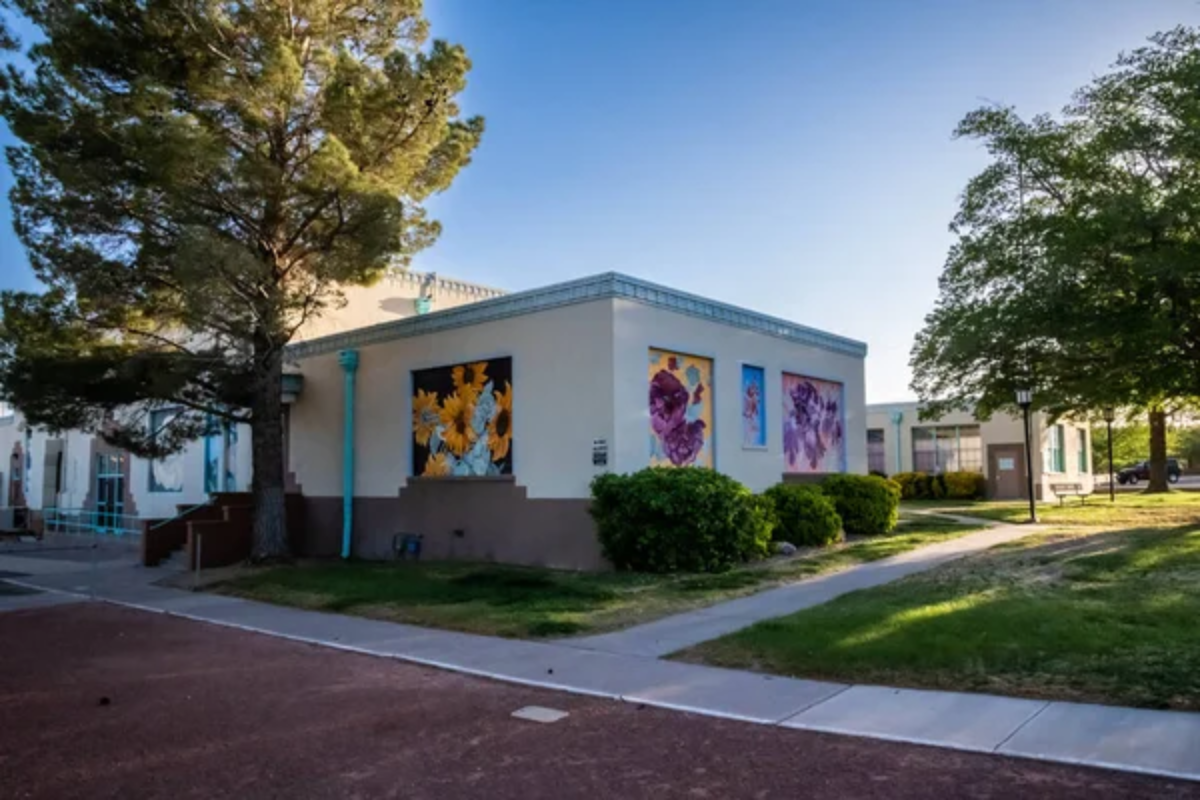
Known locally as “T or C,” this quirky desert community built directly atop geothermal springs offers authentic hot spring experiences without Sedona’s crowds or commercialization. Natural mineral water emerges at perfect soaking temperature—requiring no heating or cooling before entering historic bathhouses dating from the town’s 1930s heyday as a health destination.
Unlike heavily developed hot spring destinations elsewhere, many T or C establishments maintain mid-century character through preserved terrazzo floors, vintage tilework, and original soaking tubs accommodating just one or two people rather than crowds. The surrounding Chihuahuan Desert landscape creates extraordinary stargazing opportunities with minimal light pollution, while nearby Elephant Butte Lake provides water-based recreation balancing desert heat.
Hamburg, Arkansas
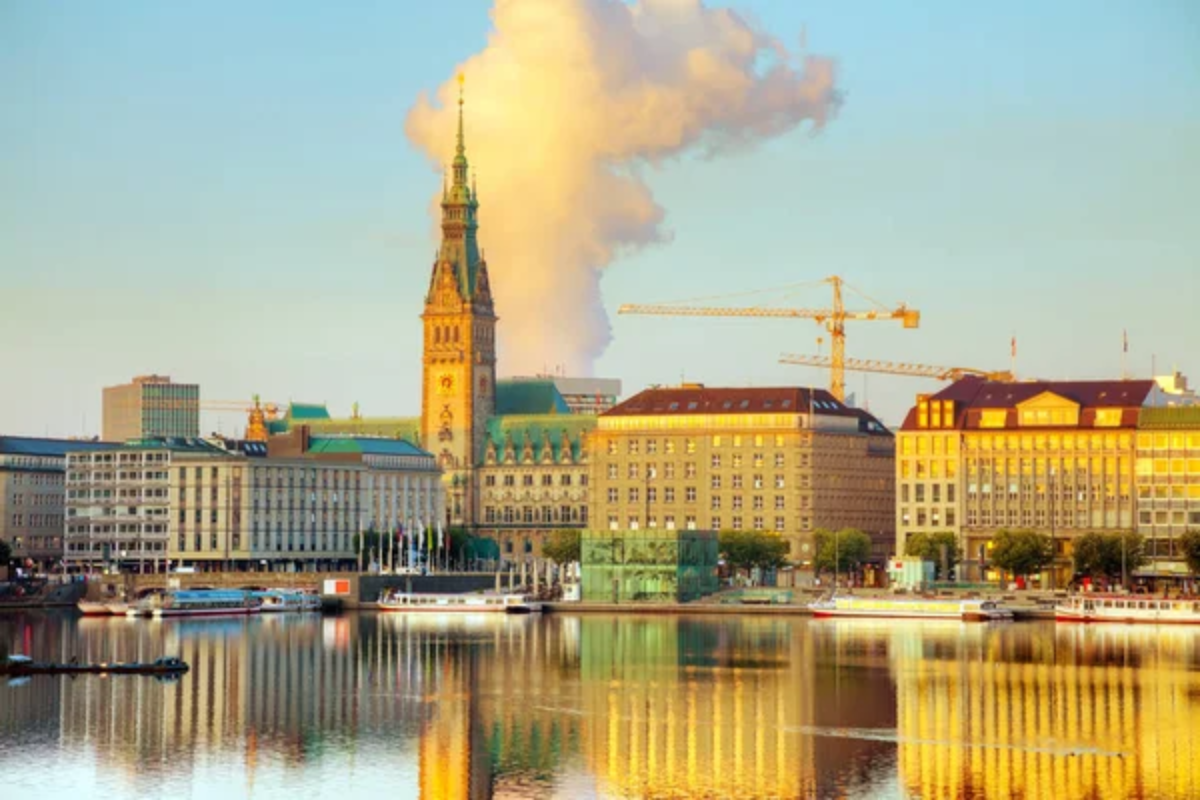
Home to traditional water-based wellness practices and historic bathhouse operations near Hot Springs National Park, this small community near the Louisiana border maintains an authentic connection with traditional water-based wellness practices dating back centuries. The naturally heated springs emerge at consistent 135-degree temperatures year-round, with mineral content specifically beneficial for inflammatory conditions, according to research conducted through the University of Arkansas Medical Sciences department.
Unlike heavily marketed hot spring destinations, Hamburg’s facilities maintain affordability through municipal management prioritizing public access over profit maximization. The surrounding old-growth cypress forests provide additional wellness benefits through established forest bathing trails designed specifically for stress reduction through measured exposure to compounds produced by these ancient trees.
Like Travel Pug’s content? Follow us on MSN.
Berkeley Springs, West Virginia
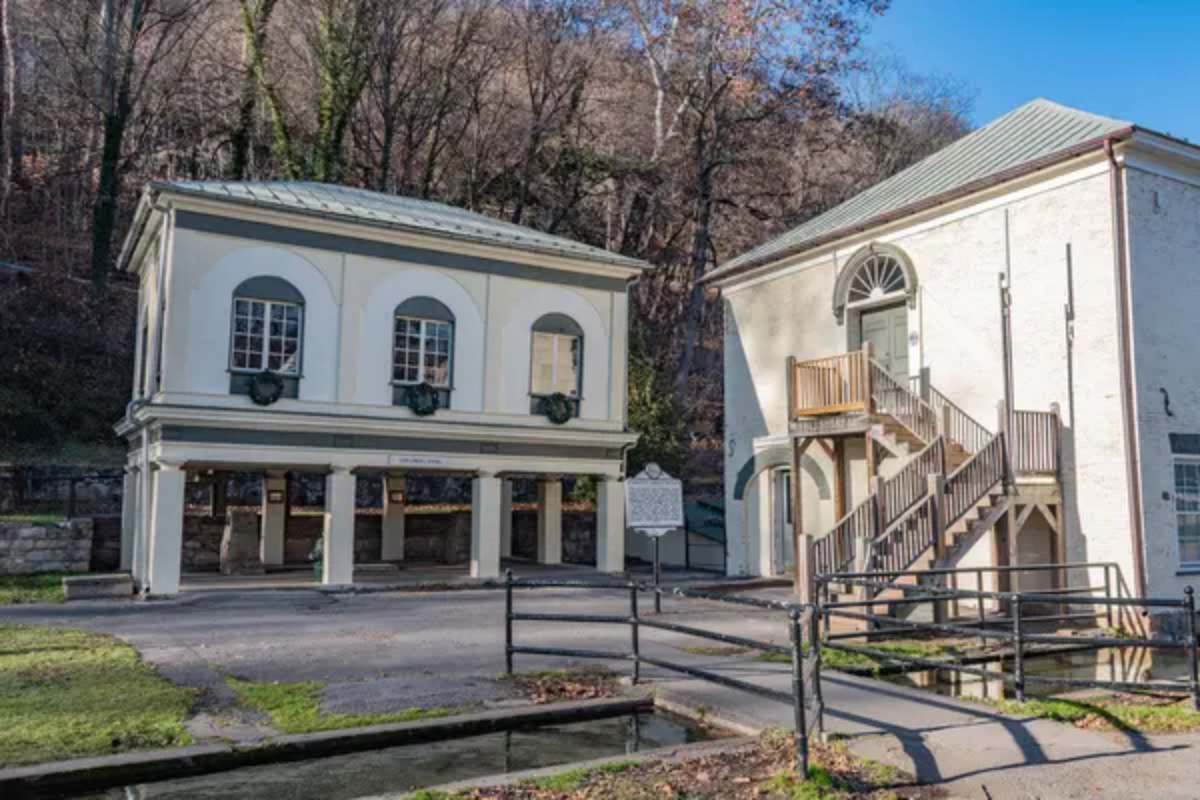
America’s first spa destination—where George Washington himself regularly soaked—maintains remarkable authenticity despite centuries of continuous operation. The centrally located state park preserves public access to the springs through historic Roman-style bathing facilities, with modest fees compared to comparable experiences elsewhere.
Unlike commercialized wellness destinations, local practitioners maintain multigenerational connections with specific regional healing traditions emphasizing balanced application of the mineral-rich waters for both internal and external use. The surrounding Appalachian forests provide additional wellness benefits through extensively mapped hiking systems designed to accommodate various fitness levels—creating accessible outdoor experiences even for those with mobility limitations or minimal hiking experience.
Glenwood, New Mexico

This tiny community within the Gila National Forest offers extraordinary dark sky conditions supporting circadian rhythm restoration, increasingly recognized as a fundamental wellness component. The remarkably preserved Catwalk Trail provides accessible waterfall experiences where negative ion exposure creates measurable mood improvement, according to research conducted through nearby Western New Mexico University’s environmental psychology department.
Unlike developed wellness destinations elsewhere, Glenwood maintains genuine rural character—with working ranches surrounding limited tourism infrastructure emphasizing authentic connection with the landscape rather than manufactured experiences. The nearby Gila Hot Springs offer primitive soaking experiences accessible through moderate hiking trails, creating a natural progression from the built environment to increasingly wild settings based on visitor comfort levels.
Pagosa Springs, Colorado
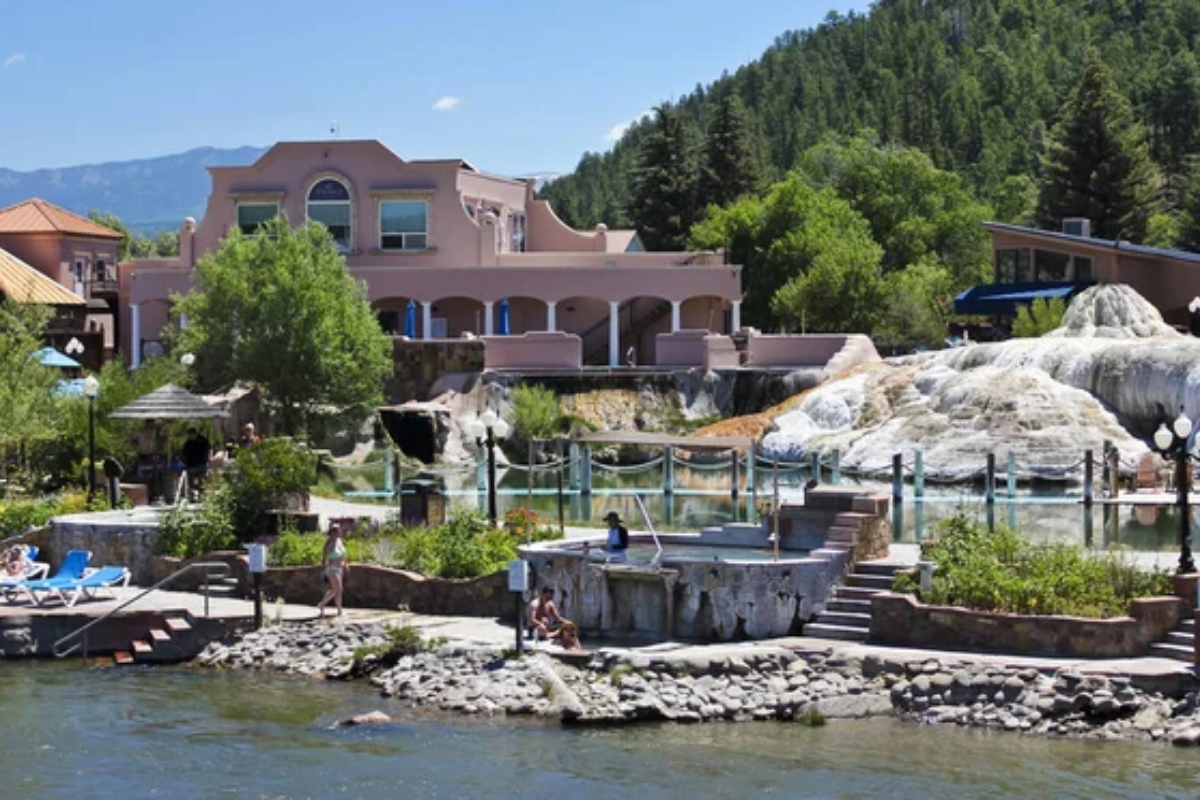
While increasingly discovered, this mountain community maintains authenticity through public access to the world’s deepest geothermal hot spring aquifer. The central springs remain accessible through reasonably priced day passes rather than exclusively through resort properties—maintaining community connection with these natural resources.
Multiple soaking options range from primitive riverside pools to developed facilities offering various temperature options within single locations. Unlike heavily commercialized wellness destinations, Pagosa Springs maintains a working town character where visitors observe genuine mountain community life rather than manufactured experiences.
The surrounding San Juan Mountains provide stunning natural beauty with accessibility unusual for such dramatic landscapes—offering wellness benefits through nature connection appropriate for various physical ability levels.
Like Travel Pug’s content? Follow us on MSN.
Oxford, Mississippi

Literary wellness flourishes in this intellectually vibrant community where independent bookstores, writing workshops, and literary walking tours create distinctive cognitive wellness experiences. The University of Mississippi’s mindfulness center offers public programming connecting academic research with practical applications accessible to visitors without academic affiliations.
Unlike commercially developed wellness destinations, Oxford maintains an authentic southern community character where wellness practices integrate naturally within everyday life rather than existing as a separate tourism sector. The surrounding Holly Springs National Forest provides accessible natural settings where moderate trails accommodate various physical abilities while delivering documented forest bathing benefits through exposure to native hardwood ecosystems.
Manitou Springs, Colorado

Eight distinctive natural springs—each with a unique mineral composition—remain publicly accessible through charming fountains distributed throughout this historic mountain town. Traditional Native American wellness practices receive respectful recognition through educational programming connecting visitors with indigenous perspectives on the healing waters.
Unlike heavily commercialized wellness destinations, Manitou Springs maintains its authentic character through locally owned businesses rather than corporate development. The spectacular landscape provides additional wellness benefits through the Manitou Incline trail—offering measurable cardiovascular improvement through what essentially functions as nature’s perfect StairMaster with 2,000 feet of elevation gain in less than one mile.
Hot Springs, North Carolina

Situated where the French Broad River meets natural thermal springs, this Appalachian community offers authentic wellness experiences within the oldest operating hot springs resort in North Carolina. Unlike heavily developed destinations, Hot Springs maintains a genuine mountain town character where wellness activities integrate naturally with everyday community life.
The intersecting Appalachian Trail brings interesting through-hikers into town—creating social wellness opportunities through conversation with individuals pursuing remarkable personal journeys. The surrounding Pisgah National Forest provides additional wellness benefits through extensively mapped trail systems accommodating various experience levels—from gentle riverside walks to challenging mountain ascents depending on visitor preferences.
Like Travel Pug’s content? Follow us on MSN.
Sandwich, Massachusetts
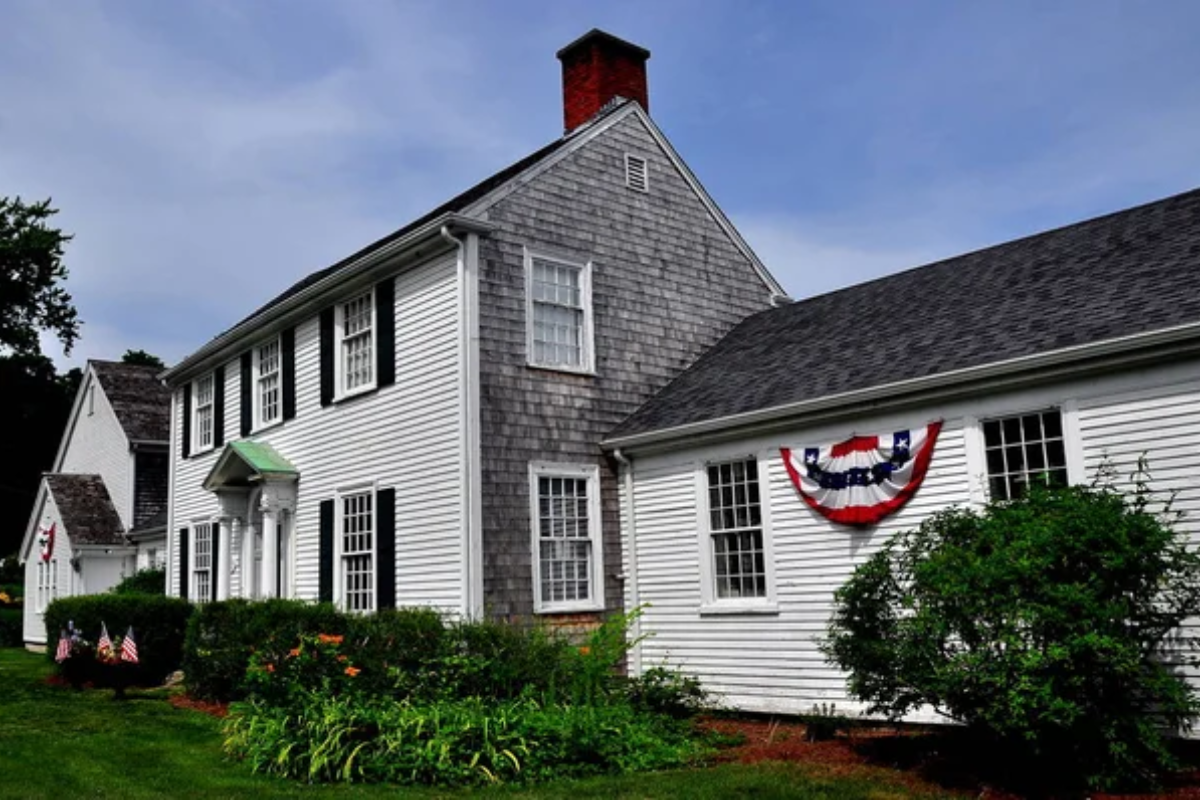
Walkable wellness defines this historic Cape Cod community, where pedestrian-friendly infrastructure creates natural opportunities for physical activity within exceptionally beautiful surroundings. The extensive marsh boardwalk system offers flat, accessible nature immersion that is particularly beneficial for visitors with mobility challenges.
Unlike heavily developed Cape destinations, Sandwich maintains an authentic year-round community character rather than a seasonal tourism focus. The Heritage Museum and Gardens provides horticultural therapy opportunities through exceptionally maintained landscapes specifically designed for contemplative experiences.
The surrounding Cape Cod Bay offers water-based wellness through remarkably consistent water temperatures suitable for therapeutic swimming throughout extended seasons.
Norwich, Vermont
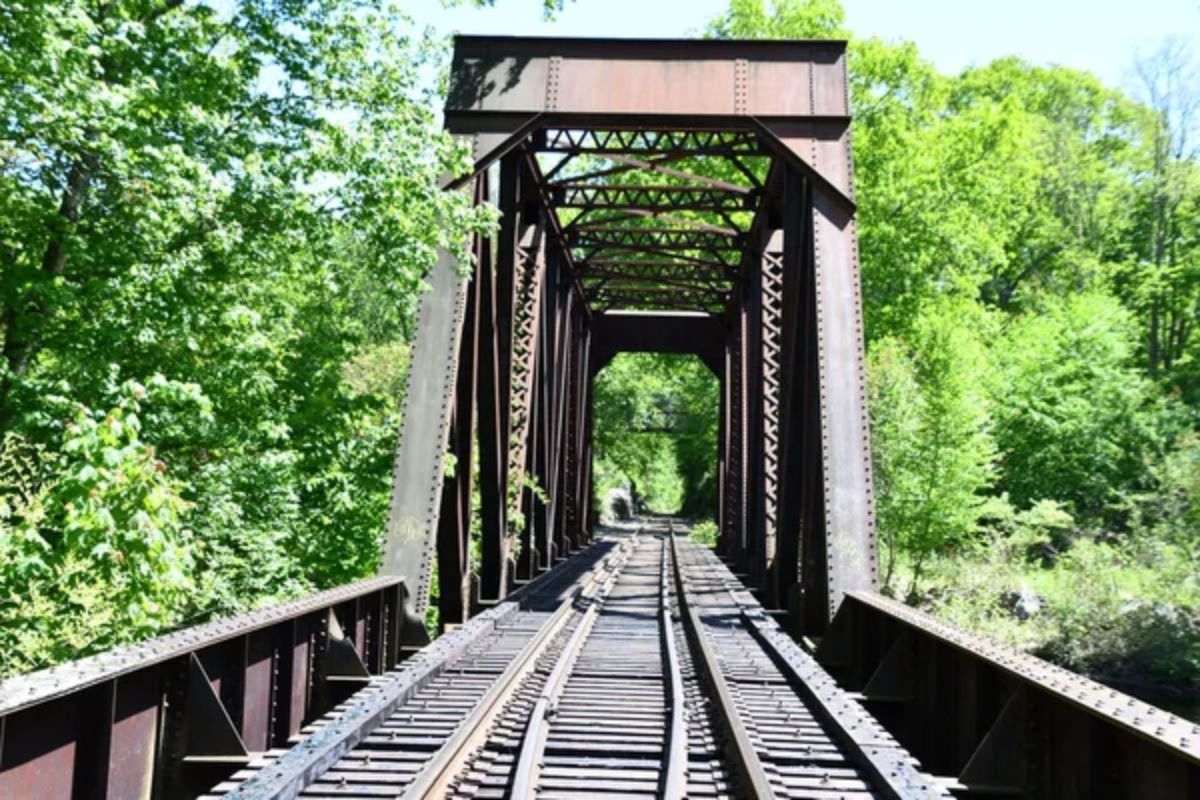
Culinary wellness flourishes in this picturesque community where farm-to-table practices represent reality rather than marketing language. The exceptional farmers market creates direct connections between food producers and consumers—with vendors providing detailed information about growing practices affecting nutritional content.
Unlike commercially developed wellness destinations, Norwich maintains an authentic working community character where wellness practices integrate naturally within everyday town life. The King Arthur Baking Company’s educational facility offers hands-on bread-making classes recognized for their therapeutic benefits combining mindfulness practices with tangible skill development.
The surrounding Connecticut River Valley provides additional wellness benefits through extensively maintained trail networks accommodating various physical abilities.
Gualala, California

Perched along the spectacular Mendocino coastline, this small community offers extraordinary sound healing through consistent ocean acoustics scientifically documented to reduce stress hormones. The nearby regional park preserves old-growth redwood groves creating natural cathedral spaces with documented wellness benefits through exposure to these ancient trees.
Unlike heavily developed coastal destinations further south, Gualala maintains an authentic working community character where wellness tourism integrates naturally with everyday local life. The exceptional coastal light quality attracts artists worldwide—creating opportunities for creative wellness through workshops accessible to various skill levels.
The surrounding marine sanctuary provides additional wellness benefits through wildlife observation opportunities known to reduce blood pressure and improve mental health outcomes.
Like Travel Pug’s content? Follow us on MSN.
Lanesboro, Minnesota
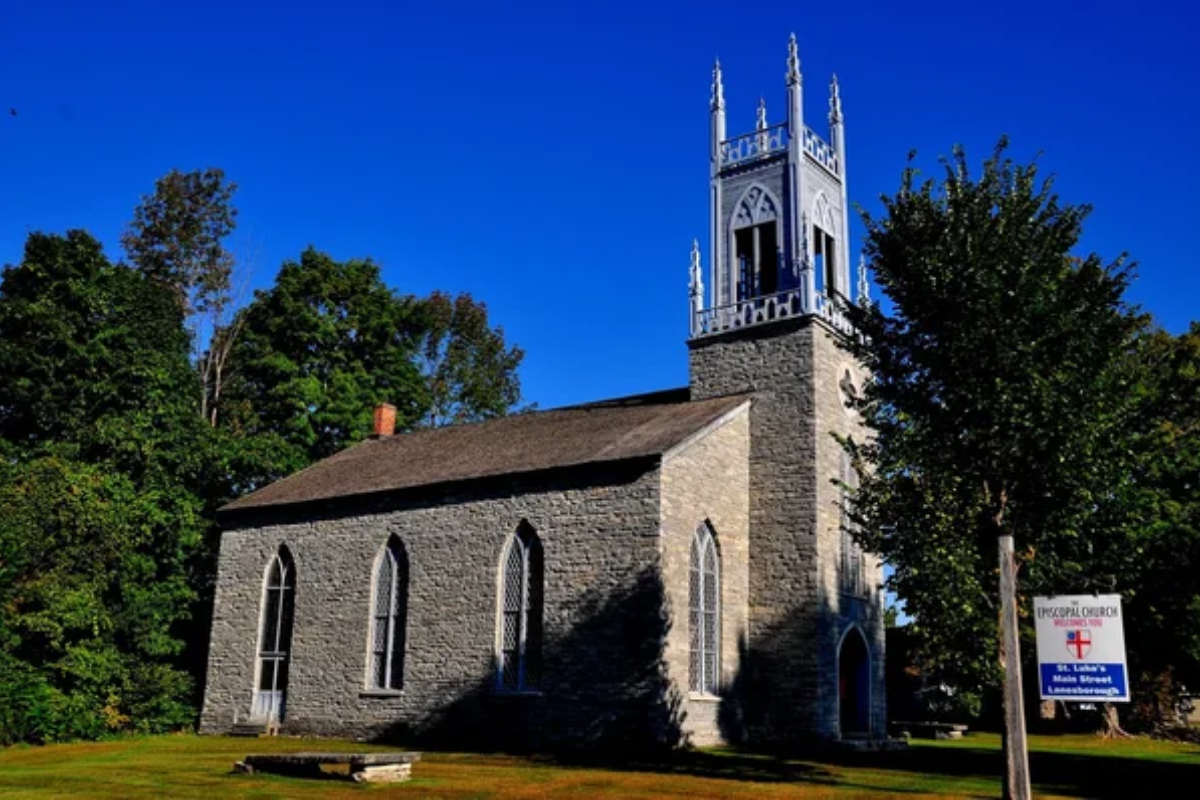
Recognized as Minnesota’s bed and breakfast capital, this remarkably preserved Victorian community offers distinctive sleep wellness experiences through properties specifically designed around quality rest rather than mere accommodation. The exceptional Root River Trail system provides 42 miles of level biking through spectacular landscapes—making physical wellness accessible for various ability levels through non-impact exercise options.
Unlike commercially developed wellness destinations, Lanesboro maintains an authentic rural character where agricultural rhythms remain visible throughout visitor experiences. The surrounding karst topography creates additional wellness benefits through unique cave environments with documented respiratory benefits from specific air composition within these natural features.
Bisbee, Arizona

Situated within the Mule Mountains near the Mexican border, this former mining community offers remarkable elevation-based wellness with year-round temperatures significantly cooler than surrounding desert areas. The town’s 1,000+ stairs create a natural fitness infrastructure connecting distinctive neighborhoods while providing measurable cardiovascular benefits documented through the local “Bisbee 1000” annual stair challenge.
Unlike heavily developed Arizona destinations, Bisbee maintains authentic community character through locally-owned businesses rather than corporate development. The surrounding Coronado National Forest provides additional wellness benefits through accessible desert ecosystems where distinctive plant communities offer aromatherapeutic benefits through natural essential oil production unique to this region.
Siloam Springs, Arkansas

Natural swimming holes with documented therapeutic benefits dominate this Ozark Mountain community where the eponymous springs remain central to everyday life rather than commercialized attractions. The exceptional downtown walking path integrates scenic natural features with historical interpretation—creating mindfulness opportunities connecting physical activity with continuous learning.
Unlike heavily developed wellness destinations, Siloam Springs maintains an authentic working community character where wellness activities integrate naturally within daily town rhythms. The nearby Illinois River provides additional wellness benefits through gentle paddling opportunities accessible to various skill levels while delivering documented stress reduction through rhythmic water-based activities.
Like Travel Pug’s content? Follow us on MSN.
El Dorado, Arkansas
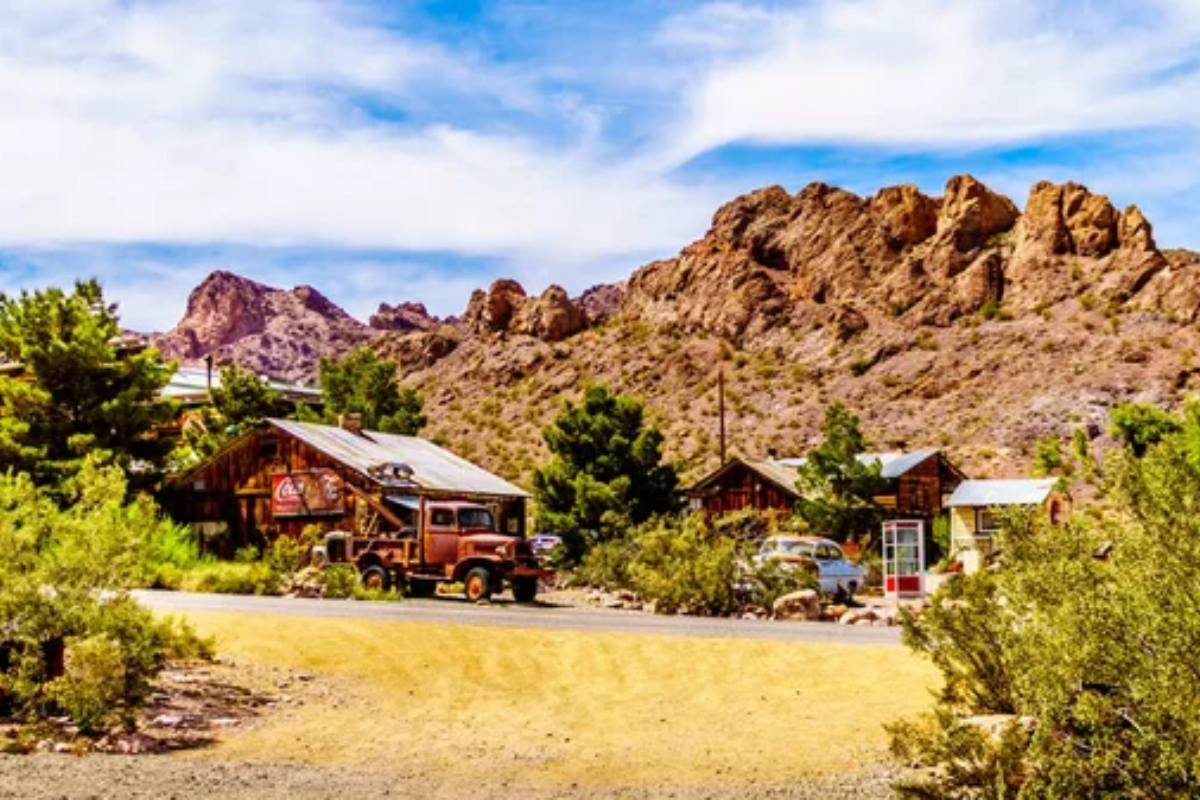
Home to America’s first community-initiated public arts endowment, this southern town offers creative wellness through accessible, participatory experiences rather than mere observation opportunities. The exceptional Murphy Arts District provides dedicated programming connecting artistic expression with documented wellness outcomes—from stress reduction through choral participation to cognitive benefits through dance instruction.
Unlike commercially developed wellness destinations, El Dorado maintains an authentic regional character where wellness programming reflects genuine community priorities rather than external tourism development. The surrounding Ouachita National Forest provides additional wellness benefits through extensively mapped trail systems designed specifically to accommodate various physical abilities while delivering forest bathing benefits.
Livingston, Montana
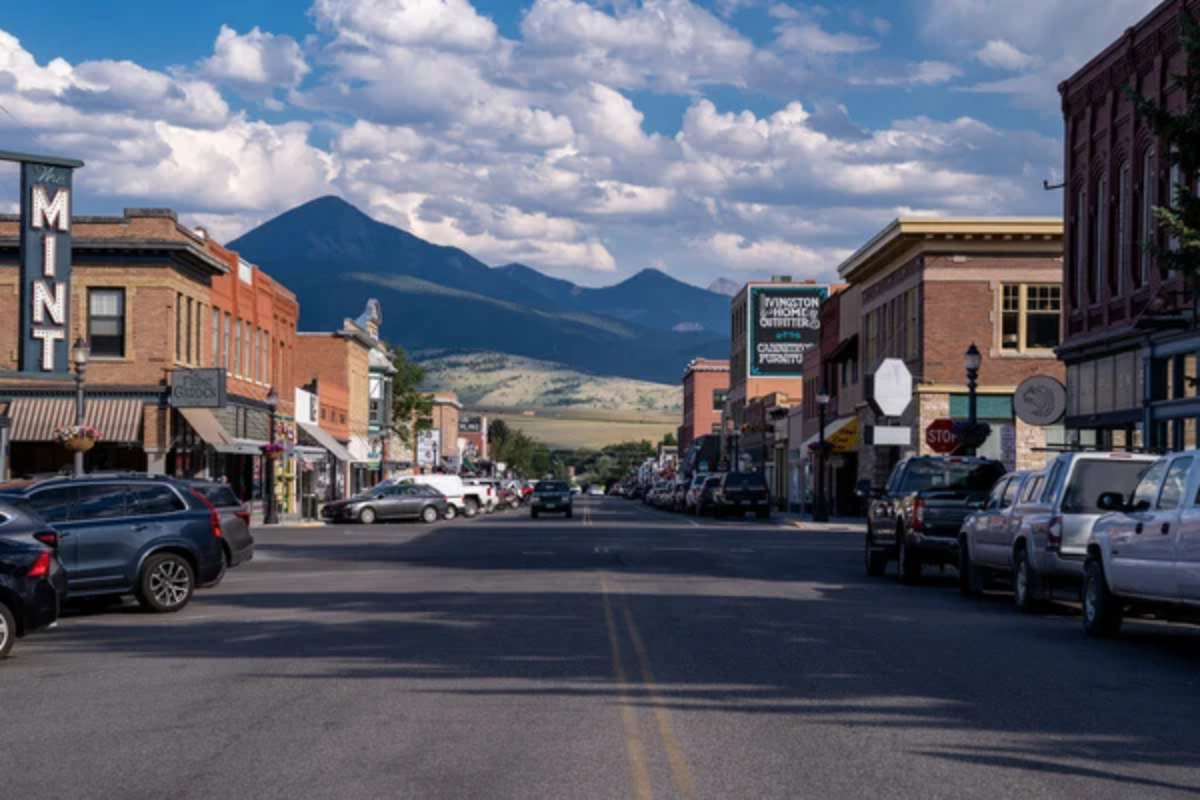
Literary wellness defines this mountain community where an extraordinary concentration of professional writers creates a distinctive intellectual environment despite the town’s modest size. Regular author events, writing workshops, and literary festivals provide cognitive wellness opportunities, connecting visitors with ideas extending far beyond typical tourist experiences.
Unlike heavily developed Montana destinations, Livingston maintains an authentic working community character where ranching traditions remain visible alongside creative enterprises. The exceptional Yellowstone River access provides additional wellness benefits through world-class fishing opportunities delivering documented stress reduction.
These water-based activities require focused attention, offering a meditative alternative to more passive forms of recreation.
Beyond Instagram-Famous Destinations
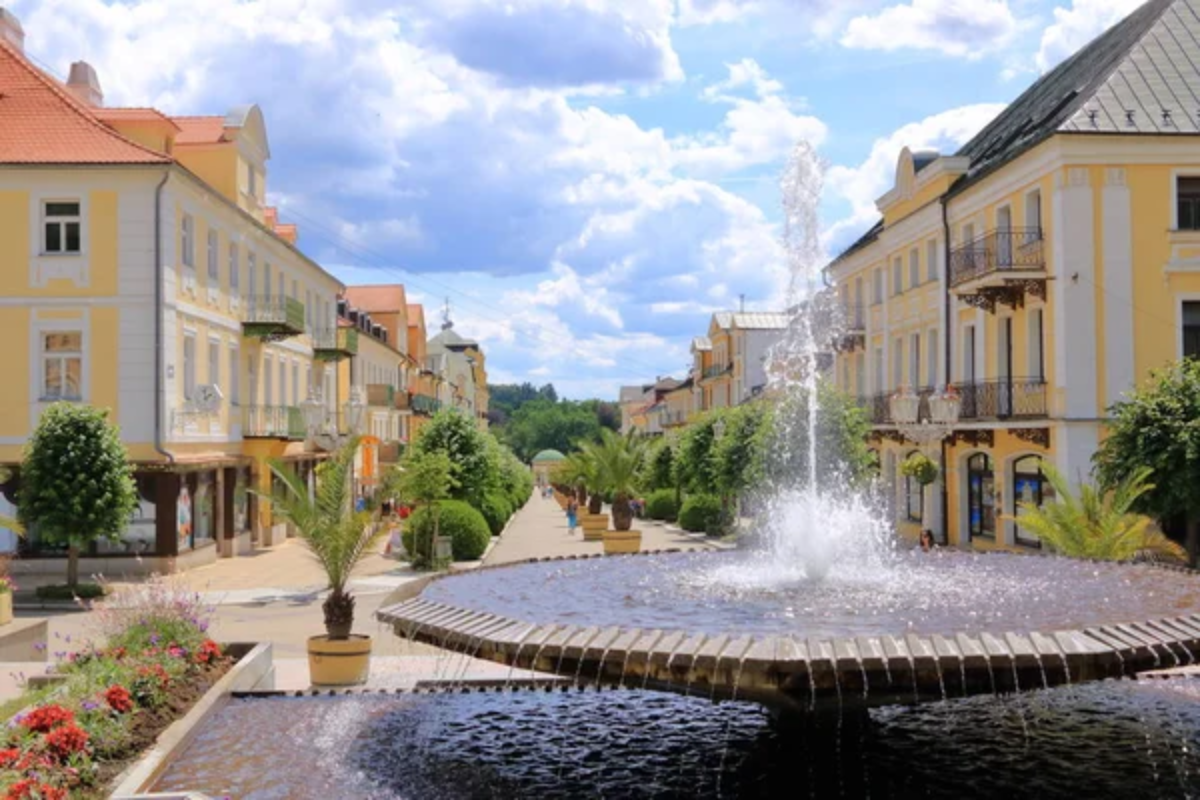
These communities share fundamental qualities distinguishing them from overdeveloped wellness destinations—maintaining authentic connection with specific geographical features, preserving reasonable price points allowing extended stays rather than brief visits, and integrating wellness practices within everyday community life rather than creating artificial tourist experiences. While social media continues driving visitors toward increasingly crowded photograph-famous locations, these alternatives offer genuinely restorative experiences, connecting visitors with authentic American landscapes and communities.
True wellness emerges through these genuine connections rather than manufactured experiences designed primarily for digital sharing rather than personal restoration.
More from Travel Pug

- Cities Growing so Fast You Won’t Recognize Them in 10 Years
- 13 Destinations Where Tourists Regularly Regret Their Trip
- 16 U.S. Cities That Are Quietly Becoming Travel Hotspots
- Where to Travel If You Love Long Bus Rides and Daydreams
- 20 Cities Perfect for Solo Travelers Who Crave Adventure & Culture
Like Travel Pug’s content? Follow us on MSN.
